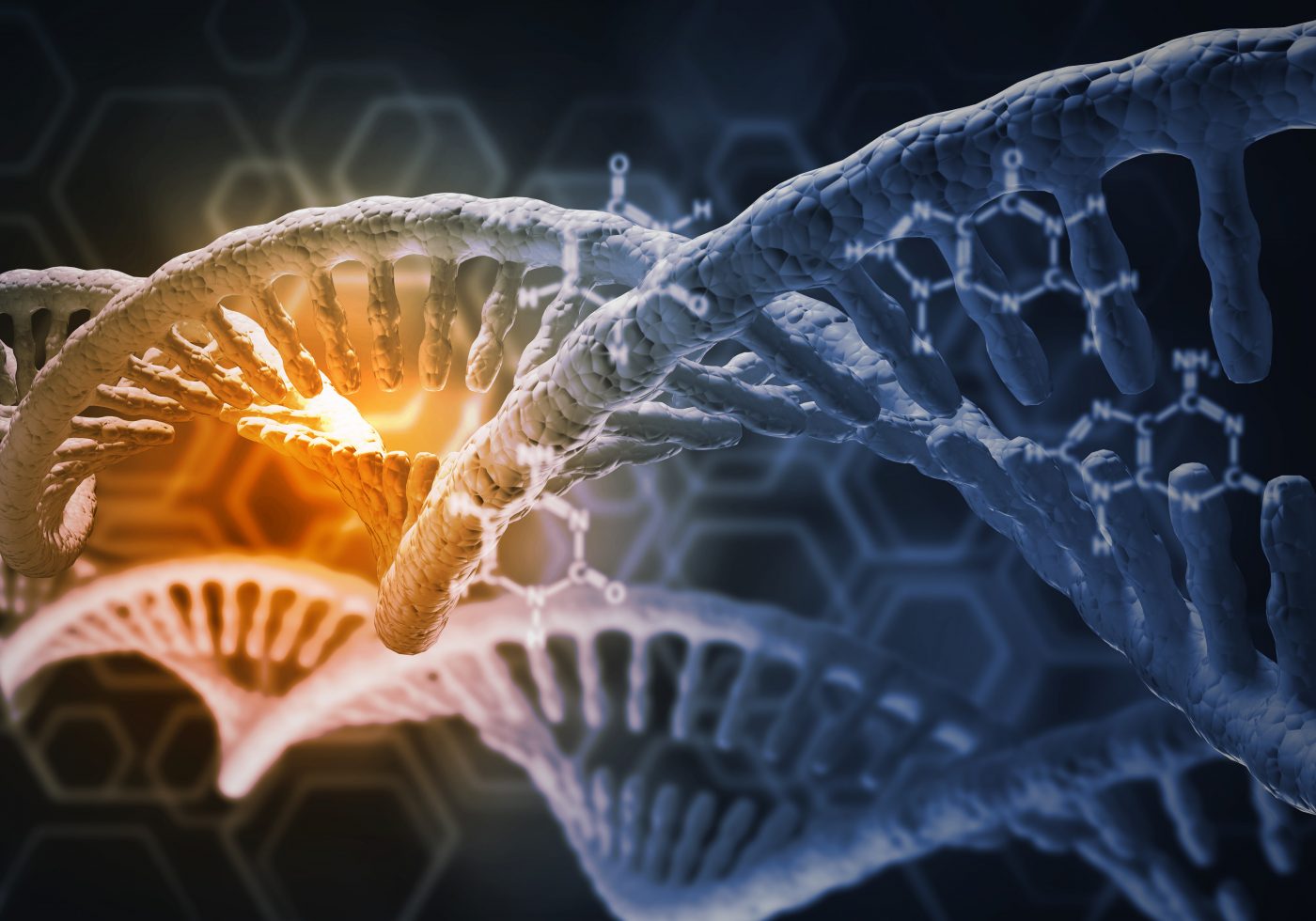Autoantibodies Linked to Genetic and Environmental Factors in Scleroderma, Study Finds

Researchers have zeroed in on autoantibodies that may be linked to distinct human leukocyte antigen (HLA) genes and environmental factors, something that could help explain the high variability of scleroderma and why some disease forms are more prevalent in African-Americans.
The study, “HLA and autoantibodies define scleroderma subtypes and risk in African and European Americans and suggest a role for molecular mimicry,” was published in the journal Proceedings of the National Academy of Sciences.
Like other autoimmune disorders, one of the hallmarks of scleroderma, also known as systemic sclerosis (SSc), is the production of autoantibodies — harmful antibodies that wrongly target and attack healthy cells.
Four types of autoantibodies targeting the antinuclear, or cell nucleus, — anticentromere antibody (ACA), antitopoisomerase I antibody (ATA), anti-U3-ribonucleoprotein antibody (AFA), and anti-RNA polymerase III antibody (ARA) — are specific for SSc. ATA and AFA are found more frequently in patients of African American descent.
Previous studies have found that HLA genes may increase a person’s susceptibility to SSc. These genes play a key role in helping the immune system distinguish proteins naturally produced in the body from those made by harmful viruses or bacteria.
HLA alleles, or versions, have been reported to have a particularly strong effect in people producing specific SSc autoantibodies.
Researchers from the National Institute of Arthritis and Musculoskeletal and Skin Diseases and their collaborators explored the relationship between some of these high-risk HLA alleles and SSc-specific autoantibodies in a large group of people of European American descent and in African Americans.
The study included data from 1,608 African Americans, 662 with SSc and 946 without the disease (controls), and 6,070 European Americans, 723 with SSc and 5,347 controls.
Among African Americans, two HLA alleles found mostly in people of African descent — HLA-DRB1*08:04 and HLA-DRB1*11:02 — were associated with a higher risk of SSc. One of these alleles (HLA-DRB1*08:04) also was strongly associated with AFA autoantibodies.
“These African ancestry-predominant alleles may help explain the increased frequency and severity of SSc among the [African-American] population,” the investigators wrote.
In contrast, among European Americans, two other HLA alleles — HLA-DPB1*13:01 and HLA-DRB1*07:01 — that were less associated with an overall risk of SSc were strongly linked to ATA and ACA autoantibodies.
Researchers also discovered that the HLA-DPB1*13:01 allele was linked to the presence of ATA autoantibodies in SSc patients regardless of their ancestry. Statistical analyses found a direct correlation between the prevalence of SSc and the frequency of the HLA-DPB1*13:01 allele in different populations.
The investigators used bioinformatic tools to predict amino acid modifications in HLA genes that were likely to occur in SSc patients considering the type of autoantibodies they produced. Results showed that these alterations could lead to the production of small proteins similar to those produced by two families of viruses, Mimiviridae and Phycodnaviridae.
According to researchers, this suggests that SSc-specific autoantibodies may result from molecular mimicry, a process through which the body’s immune system wrongly attacks self-made proteins due to their similarity to viral or bacterial proteins.
“The heterogeneity observed in SSc is best characterized by the robust HLA allelic associations demonstrated in the SSc-specific autoantibody subsets,” the researchers wrote. “These SSc-specific autoantibodies correlate not only with specific HLA alleles but also with distinct clinical phenotypes [symptoms] and disease outcomes.”
“Stratifying [classifying] SSc on the basis of autoantibodies and HLA alleles together for research and clinical trials may yield beneficial results. In the future, screening HLA-DPB1*13:01+ individuals for ANA [antinuclear antibodies] and ATA could result in early identification and therapeutic intervention to block the development of SSc,” researchers wrote.






